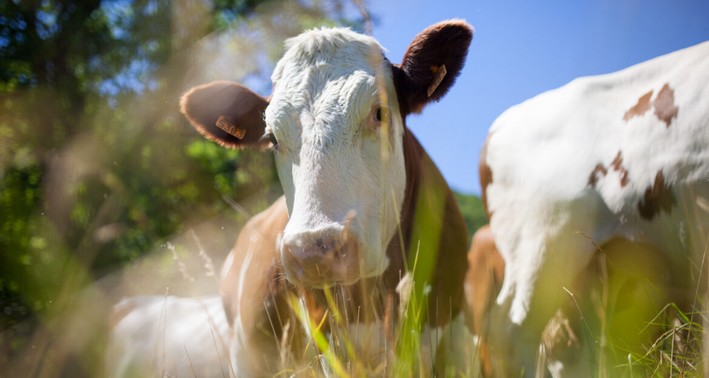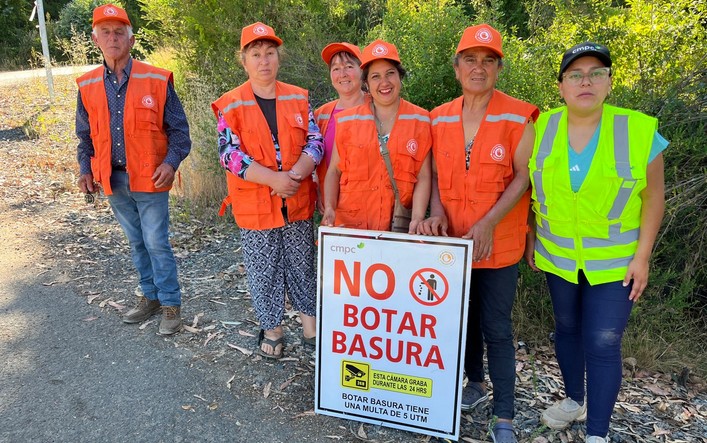Experts Analyze Climatic Factors and Their Influence on the Decline of Forest Fires
Climate plays an essential role in controlling forest fires. Air humidity and wind speed are just some of the factors that determine both the spread and the difficulty in extinguishing a fire, as explained by the National Forestry Corporation (Conaf).
In this context, although the 2025 season saw a decrease in forest fires, the situation was not without challenges. The biggest problem remains the difficulty in controlling fires in their early stages. This is because current climatic conditions create more complex and dangerous scenarios, making initial fire control an increasingly complicated task.
Esteban Krause, regional director of Conaf, explained that "due to climatic conditions, fuel such as trees and vegetation is much drier, making it more susceptible to catching fire. Additionally, high temperatures and wind increase the speed at which flames spread, making initial fire control even more difficult. That’s why it’s crucial that, upon detecting a fire, our crews and equipment arrive as quickly as possible, and we work in a coordinated manner with companies and other institutions to act from the very beginning."
On the other hand, Gonzalo Bertolotto, head of the Talcahuano Maritime Meteorological Center, explained that compared to 2024 and 2023, wind intensity in 2025 has significantly decreased. However, he emphasized that these wind levels are within normal parameters for this time of year, meaning it is not a climatic anomaly but rather a fluctuation within expected seasonal patterns.
Climatic Variability and Its Impact on Forest Fires
Climate plays a decisive role in the direction and speed at which a forest fire spreads. Simply put, if conditions are very dry and hot, fuel (such as vegetation) becomes more flammable, increasing the likelihood of a fire starting or spreading quickly. Moreover, if the wind blows stronger, flames disperse much faster, making containment more difficult.
Along these lines, Krause also explained how climatic variability affects fire spread: "For example, if a machine is working and releases sparks, the chance of ignition is higher when relative humidity is lower and temperatures are higher. And once the fire starts, the likelihood or speed of spread is much greater when wind speeds are high. Therefore, climatic conditions for fire control—whether they facilitate or hinder fires—play a role in how easily they can occur or spread."
This year, unlike 2023 and 2024, there has been a notable decrease in maximum temperatures during January and February. According to data from the Maritime Meteorological Center, January 2025 reached a maximum temperature of 25.9°C, while February reached 29.2°C.
Comparing previous data, in 2023 temperatures reached 26.5°C in January and 34°C in February, indicating that current seasonal temperatures have been considerably lower. This reduction in temperatures may be contributing to the lower frequency of forest fires, as less extreme conditions hinder the rapid spread of fires.
Rapid Response
Despite the ongoing challenges posed by forest fires, another determining factor in reducing their magnitude has been the immediate response and coordination among different institutions and communities.
From the municipality of Florida, one of the areas most vulnerable to forest fires, it has been highlighted that "the decline in fires is due to coordinated work between local authorities, firefighters, police, and the community itself." Immediate emergency response has been key to preventing fires from spreading. Additionally, compared to previous years, no large-scale fires were recorded in the commune, allowing for more efficient management and better access to resources and equipment.
"The preventive work carried out by community networks has been essential in reducing fires. These networks, which organize informational meetings, cleanups, and firebreak work, have a direct impact on prevention. It’s a joint effort between the municipality and the community that has proven to be a key factor in reducing fires," stated officials from the Florida municipality.
A similar phenomenon occurred in the Arauco commune, where a decrease in the magnitude of forest fires has also been observed. According to Miguel Albistur, environmental officer of the Arauco municipality, "the magnitude of fires has decreased, though they still occur. However, we’ve been able to respond quickly, and this has been possible thanks to greater awareness and prevention outreach."
Finally, regarding fires specifically, Arauco has fought 15 fires to date; last year there were 30 (this year, they should be at 17). Meanwhile, Conaf reports having fought 17 fires compared to 50 last year, according to information provided by the Florida municipality.
Source:Diario Concepción

















